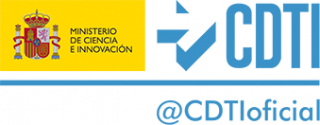The main scientific goal of this project is the design of the read-out and thermal control system for the medium and high frequency telescopes (MHFT) of LiteBIRD, a JAXA-led space mission, currently in phase A, with launch expected for 2029. LiteBIRD will scan the sky from the second Lagrange point for 3 years, with the goal to produce an extremely sensitive map of the cosmic microwave background polarisation that will enable to measure or to set the strongest ever constraints on the B-mode component imprinted by gravitational waves produced during the inflation of the Universe. The real-time monitoring and control of the temperature inside the different cryogenic stages of the mission is key to achieve its scientific goals. These goals set out very stringent requirements on the detector sensitivity and control of systematics. In particular an exquisite gain stability is needed, which in turn makes it necessary a very precise temperature control in the different cryogenic stages. The extremely low temperature levels at which the detectors operate (~100 mK in the last stage), together with the stringent control requirements, set an important technological challenge, not only on the development of the thermometers, which may be able to operate in a very wide dynamic range, but also on the low-noise electronics that is needed to read these thermometers.
Throughout this project we will derive the requirements on the temperature and gain stability, and from them we will derive the corresponding technical requirements from which we will carry out a design of the global read-out and control thermometry system and of its individual components.
By means of its participation and leadership in previous projects, the technology division of the IAC has gained and consolidated a solid expertise int the development and implementation of similar systems. This project will contribute to consolidate and expand this expertise.



